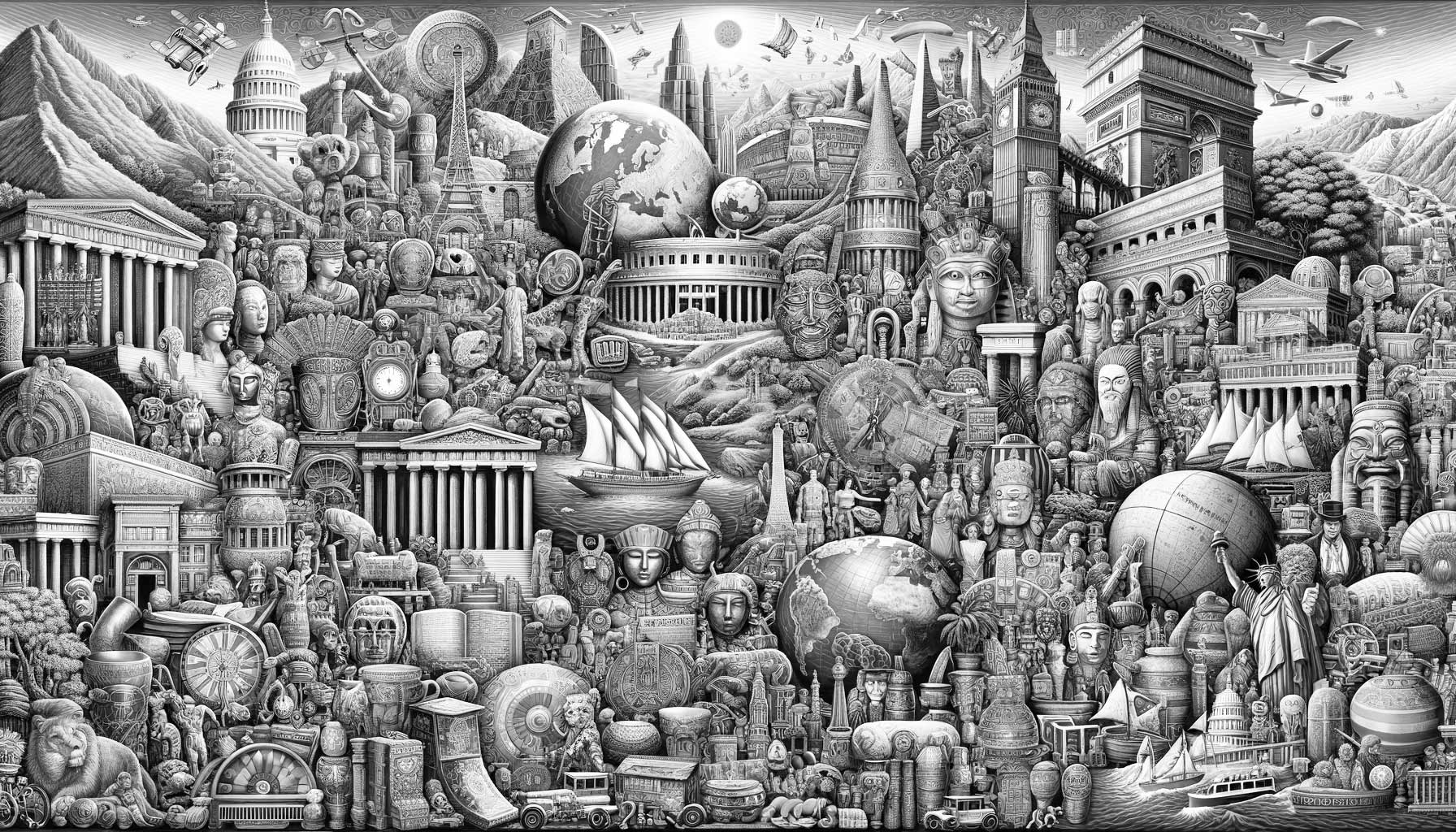Flashback to July 3
World History

The date November 12, 1918, holds colossal historical significance in Austria’s timeline. On this day, marking the end of World War I, Austria shed its imperial vestiges and proudly proclaimed itself a republic. This monumental shift in Austria’s political landscape transpired under tumultuous circumstances. Certain incidents and evolutions led to this change, thus shaping the contemporary Austrian Republic.
The formation of the Austrian Republic sprouts from the termination of Austro-Hungarian rule. The late 19th-century Europe was a tumultuous landscape of nation-states and empires. As the Habsburg Empire’sveins, Austria- Hungary exhibited a delicate balance of various ethnic groups. This balance was further disrupted with the breakout of World War I. Increasing nationalist sentiments coupled with war-inflicted devastation led to a dramatic crevice in the dual monarchy’s socio-political structure.
Following the war, the realm’s clout had gradually declined. Persistent nationalist movements coupled with military defeats and economic hardships channeled an urgent call for an autonomous republic. Amidst the echoing chaos, on November 12, 1918, Austria emerged as an independent republic with the proclamation of Karl Renner as its first chancellor.
The advent of the Austrian Republic is often linked closely to its aftermath. The Treaty of Saint-Germain-en-Laye, signed after the cessation of the First World War, officially recognized Austria as a sovereign state. However, the treaty imposed several sanctions on the newly formed republic. Severe territorial cuts, disallowed union with Germany, and a significantly minimized army were part of the conditions that the Republic of Austria had to accede to.
Economically, the inaugural years of the Austrian Republic were daunting. As a result of World War I, Austria inherited an economy weak, devastated, and laden with war debts. The loss of Bohemia, a significant source of coal, further augmented the struggling economy. These issues coupled with high unemployment rates, galloping inflation, and housing issues led to social unrest and political instability.
What comes to the fore during this period is the political distress echoing within the Republic of Austria. The newly formed democratic constitution failed to stabilize the political climate. Frequent changes in leadership and ideological strife amongst the dominant parties, led to dramatic volatility in Austria’s governance. In the midst of these challenges, entities such as the Communist Party of Austria and the Austrian Nazi party started to gain traction.
Despite the multiplicity of challenges that defined its inaugural years, the Austrian Republic has shown firm resilience. Imposing progressive reforms within its economic, political, and societal dimensions, today’s Austria stands as a niche of prosperity and social democracy in Europe.
To wrap it up, the formation of the Austrian Republic on November 12, 1918, is not an incident of isolated significance. Instead, it is interwoven with a series of historical events and complex socio-political dimensions that impacted Austria’s transformation as a republic. This transformation was marked by economic trials, territorial losses, political instability, and social unrest, eventually paving the way for the prosperous nation that we know today.
We strive for accuracy. If you see something that doesn't look right, click here to contact us!
Sponsored Content

City of Quebec founded…
On July 3, 1608,…

Karl Benz officially unveils…
The Benz Patent Motorwagen,…

Israeli commandos rescue 105…
On 7/3/1976, Israeli commandos…

Pitcairn Island is discovered…
Discover the intriguing history…

Slaves are freed in…
On July 3, 1848,…

Algerian Revolution against French…
On July 3, 1962,…

